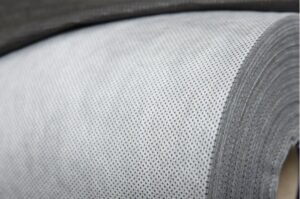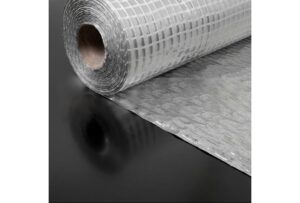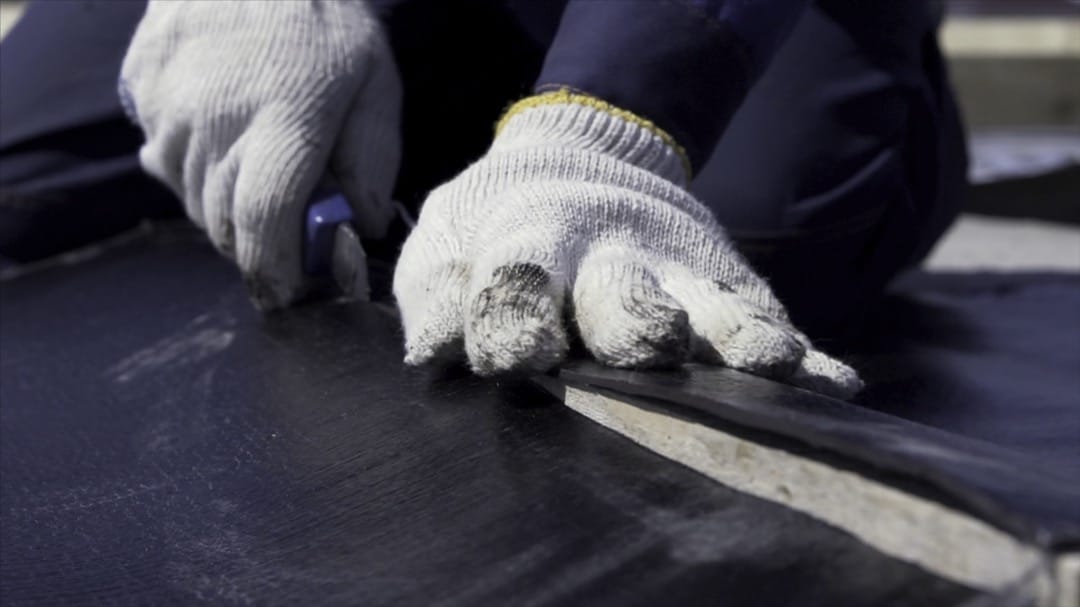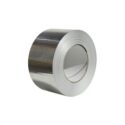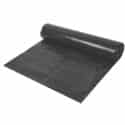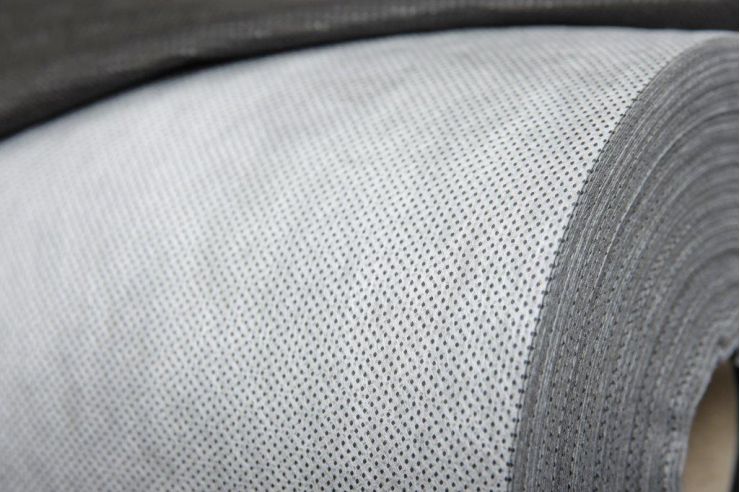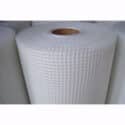25 Mar 2024
Membrane for Roof Repair: The Ultimate Guide
Roof repair is an essential task for every homeowner or property manager. Whether you have a flat roof or a pitched roof, ensuring its integrity and durability is of utmost importance.
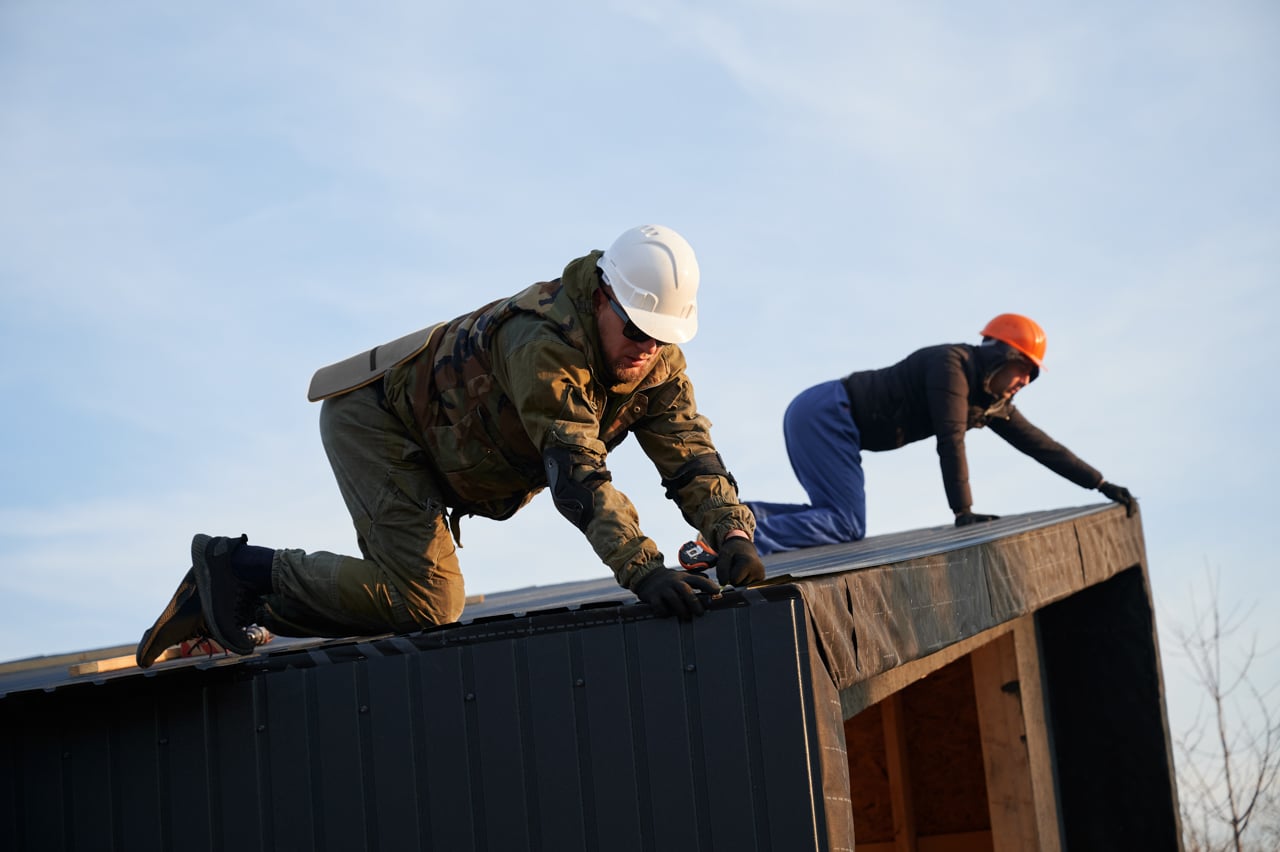
One of the key elements in roof repair is the selection of the right roofing membrane. Roofing membranes act as a protective layer, shielding the roof from external elements and preventing water infiltration. In this blog, we will explore the top membrane options for roof repair and discuss their importance, durability, and the factors to consider when choosing the right membrane. So, let’s dive in and find the best option for your roof repair needs.
Understanding the Importance of Roofing Membranes
When it comes to roof repair, roofing membranes play a crucial role in ensuring the longevity and performance of the roof. Whether you have a flat roof or a low-slope roof, a quality membrane is necessary to protect the underlying structure. Membranes such as EPDM (ethylene propylene diene monomer) are popular choices for flat roof membrane repair due to their durability, flexibility, and resistance to weather conditions.
Role of Roofing Membranes in Roof Repair
Roofing membranes act as a shield against external elements that can damage the roof. They are designed to be durable and weather-resistant, providing a protective barrier between the roof substrate and the outside elements.
One of the key advantages of roofing membranes, such as EPDM rubber, is their flexibility, making it easy to patch leaks and punctures. This flexibility ensures that the membrane can adapt to the movement of the roof, preventing further damage and maintaining the structural integrity of the roof. Additionally, roofing membranes, especially rubber membrane roof repair patches, are effective in preventing water infiltration, which can cause extensive damage to the roof and the underlying structure.
It is essential to choose the right roofing membrane for your roof repair needs. A rubber membrane, such as EPDM, is a popular choice for flat roofing due to its durability and resistance to UV rays. This type of membrane is known for its longevity and can withstand foot traffic, making it an excellent option for commercial buildings as well.
Key Factors to Consider When Choosing a Roofing Membrane
When selecting a roofing membrane for repair, there are several factors to consider to ensure the best results:
- Life Expectancy: Evaluate the expected lifespan of the membrane to determine its long-term performance.
- Foot Traffic: Consider the amount of foot traffic the roof will endure to choose a membrane that can withstand the activity.
- EPDM Roof: EPDM roofs are popular for their durability and ease of installation, making them a preferred choice for repair.
- Rubber Membrane: Rubber membranes, such as EPDM, offer excellent flexibility and resistance to weather conditions, making them suitable for various roofing projects.
- Choosing the right roofing membrane plays a major role in the success of your roof repair project. It is crucial to consider the life expectancy, foot traffic, and the specific requirements of your roof to ensure the longevity and performance of the repair.
Focusing on Durability of Roofing Membranes
Durability is a key factor to consider when selecting a roofing membrane for repair. The membrane should be able to withstand the elements and provide long-term protection for the roof. EPDM rubber membranes, for example, are known for their durability and resistance to UV rays, making them an excellent choice for roof repair projects. Rubber roofing membranes are designed to be durable and can withstand harsh weather conditions, ensuring the roof remains intact and leak-free for years to come.
Comparing the durability of PVC, TPO, and EPDM membranes
When it comes to the durability of roofing membranes, three popular options are PVC (polyvinyl chloride), TPO (thermoplastic polyolefin), and EPDM (ethylene propylene diene monomer). Each membrane type has its own unique strengths, and understanding the differences can help you make an informed decision for your roof repair project.
PVC membranes are known for their durability, making them a popular choice for commercial roof repair. TPO membranes, on the other hand, are energy efficient and cost-effective, but may not last as long as other options. EPDM membranes are highly durable and offer exceptional resistance to UV rays, making them suitable for various roofing projects.
By comparing the durability of PVC, TPO, and EPDM membranes, you can choose the one that best suits the specific requirements of your roof repair project.
Long-term cost analysis of using different roofing membranes.
When considering the long-term cost of using different roofing membranes, it is important to take into account their life expectancy and performance. While PVC membranes may cost more upfront, their durability and long-lasting nature make them a cost-effective option in the long run. TPO membranes, though energy efficient and cost-effective, may not have the same life expectancy as other options.
EPDM membranes, on the other hand, offer a balance of affordability and durability, making them a popular choice for roof repair. Modified bitumen membranes are good for low-slope roofs and can last up to 20 years. Silicone coating membranes are ideal for repairing and restoring old roofs, providing long-term protection.
By considering the long-term cost and life expectancy of different roofing membranes, you can make an informed decision that aligns with your budget and repair goals.
Addressing Common Concerns about Roofing Membranes
Addressing common concerns about roofing membranes is essential for homeowners and property managers. Flat roofs, in particular, can pose unique challenges, and addressing these concerns is crucial to ensure the success of the repair project.
One of the common concerns with flat roofs is small holes causing leaks. However, using suitable repair patches and proper adhesives can effectively seal these small holes, preventing further damage. Weather resistance is another concern, but membranes with strong weather resistance can protect the roof from water penetration and maintain their integrity in harsh climatic conditions.
Remedies for Small Holes Causing Leaks in the Roof
Small holes causing leaks in the roof can be a potential problem, but they can be effectively remedied using roof membrane patches. Applying repair patches using appropriate adhesives can seal these small holes, preventing water intrusion and further damage to the roof. Regular inspection and timely patching of small holes are essential to prevent them from escalating into larger issues. Using durable materials for patching ensures long-lasting solutions for leaky roofs, mitigating water intrusion and safeguarding the roof structure. Quality patch kits designed for small repairs provide efficient and lasting leak remediation, keeping the roof intact and leak-free.
Weather resistance and protection against leaks
Weather resistance is a crucial factor to consider when addressing concerns about roofing membranes. Membranes with strong weather resistance can provide effective protection against leaks and maintain the roof’s integrity in various weather conditions. Whether it’s rain, snow, or extreme temperatures, a weather-resistant membrane will prevent water penetration and protect the roof from potential damage.
Proper installation of the membrane is essential to ensure its weather resistance capabilities. By choosing a membrane that can withstand the outside elements, you can ensure the long-term durability and performance of your roof repair project.
Steps to Repair Roofs Using Roofing Membranes
Repairing roofs using roofing membranes involves several steps to ensure a successful repair. Whether you’re using an EPDM rubber roof repair kit or repairing a flat roof, the following steps are essential for a proper roof repair:
Preparatory Steps for Roof Repair
Before starting the roof repair, it is important to take the necessary preparatory steps. These steps include cleaning the repair area thoroughly, inspecting for any existing damage, and ensuring the surface is dry and free from debris. It is also crucial to consider the ambient temperature, as the temperature can affect the adhesive properties of the membrane. Additionally, preparing the substrate properly ensures a smooth and durable repair.
Applying the Roofing Membrane
After the preparatory steps, the next crucial step is applying the roofing membrane. Here are some key points to consider when applying the membrane:
- Applying: Apply the membrane evenly, ensuring it covers the repair area completely.
- Contact adhesive: Use a contact adhesive to ensure a secure bond between the membrane and the roof substrate.
- EPDM cleaner: Clean the repair area with an EPDM cleaner to remove any dirt or debris, ensuring proper adhesion.
- Entire patch: Roll the membrane onto the repair area, making sure it extends beyond the damaged area for complete coverage.
- Properly applying the roofing membrane is essential for a successful repair, ensuring long-lasting performance and durability.
Ensuring Proper Maintenance Post Repair
To maintain the integrity of the repair, it is important to perform regular maintenance post-repair. Some key steps to ensure proper maintenance include:
- Regular inspection: Regularly inspect the repaired area for any signs of damage or potential problems.
- Foot traffic: Minimize foot traffic on the patched section to avoid unnecessary stress on the membrane.
- Cleaning: Clean the repaired area with soapy water to maintain its integrity and prevent the buildup of debris or contaminants.
- Protect from sharp objects: Avoid placing sharp objects on the repaired membrane, as they can cause damage or punctures.
- Routine maintenance: Conduct routine maintenance, such as checking for loose edges or blisters, to prolong the life expectancy of the repair.
- By following these maintenance practices, you can ensure the longevity of the repair and the overall performance of the roofing membrane.
Is It Necessary to Install a Roofing Membrane in Dry Conditions?
When it comes to installing a roofing membrane, it is generally recommended to do so in dry conditions. Installing the membrane on damp surfaces can affect the adhesive properties, potentially compromising the effectiveness of the repair. Dry conditions ensure proper adhesion and minimize the risk of moisture-related issues post-repair.
Ambient temperature is another important factor to consider when installing a roofing membrane. The temperature should be within the recommended range specified by the manufacturer to ensure the membrane adheres correctly and bonds securely to the roof deck.
By installing the roofing membrane in dry conditions, you optimize its performance, durability, and long-term effectiveness.
Frequently Asked Questions
Is there a specific type of membrane that works best for certain types of roofs?
Consider the best membrane for your roof based on its type. TPO suits flat or low-slope roofs, EPDM is common in residential settings, while PVC is ideal for commercial buildings. Factors like climate, budget, and roof design all play a role in choosing the right membrane.
Conclusion
In conclusion, when it comes to roof repair, choosing the right roofing membrane is crucial. Roofing membranes play a vital role in providing protection against leaks and ensuring the durability of your roof. Factors such as durability, weather resistance, and long-term cost analysis should be considered when selecting a roofing membrane.
PVC, TPO, and EPDM are three popular options, each with its own advantages and considerations. It’s important to assess your specific needs and consult with a professional to determine the best membrane for your roof.
Once you’ve chosen the appropriate membrane, proper installation and maintenance are key to ensuring its effectiveness. Addressing small holes promptly and implementing regular inspections can help prevent leaks and extend the lifespan of your roof.
Overall, investing in a high-quality roofing membrane and adhering to proper maintenance practices will contribute to the longevity and performance of your roof. For more information and answers to frequently asked questions, consult our comprehensive guide on roofing membranes.



